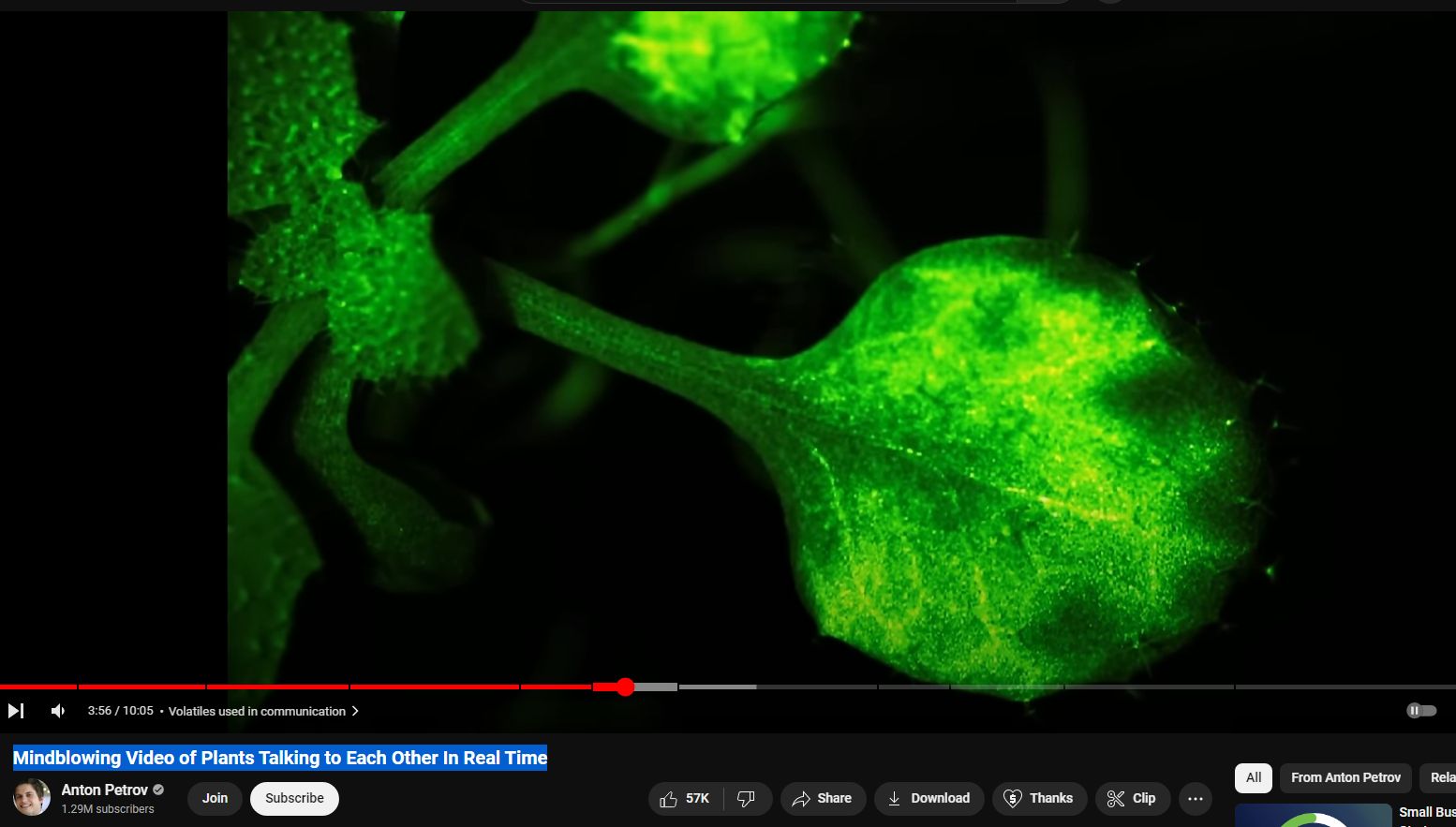Plants Talking to Each Other In Real Time
Plant messaging with terpenoids is a fascinating area of botanical research. Terpenoids, also known as isoprenoids, are a large and diverse class of naturally occurring organic chemicals derived from five-carbon isoprene units. These compounds are produced by a wide variety of plants and are integral to many biological functions, including plant defense mechanisms and communication.
Plants use terpenoids to communicate both internally and with their environment. For example, when a plant is attacked by pests, it can produce specific terpenoids that serve as distress signals, triggering defensive responses not only in the attacked plant but also in neighboring plants. This can lead to the production of substances that are toxic or repellant to the attackers.
Terpenoids also play a role in attracting pollinators with their aromatic qualities, which are key components of floral scents. Furthermore, these compounds can act as inhibitors or promoters in plant growth and development, affecting root growth and the formation of symbiotic relationships with other organisms.
In terms of ecosystem interactions, terpenoids can influence the behavior and development of organisms around the plant, such as deterring herbivores or attracting beneficial predators and parasites of herbivores.
This complex chemical signaling helps plants manage their relationships with other organisms in their environment, contributing to their survival and reproduction. It’s an area ripe with opportunities for deeper research, especially in how it could be applied to agriculture and pest management.
